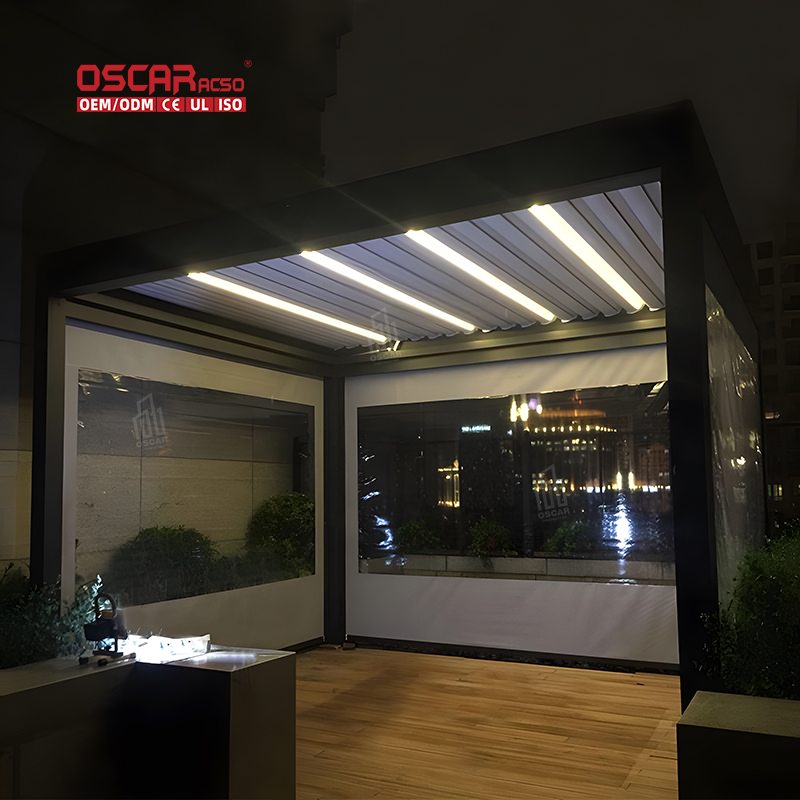Who Invented the Pergola, Tracing the Roots of Garden Elegance
Ever gazed at a beautiful garden structure draped in vines and wondered about its origins? 🤔 The question of who inven...
Ever gazed at a beautiful garden structure draped in vines and wondered about its origins? 🤔 The question of who invented the pergola doesn’t have a single, simple answer. These elegant structures seem to be a natural evolution in garden and architectural design, likely developed by ancient civilizations seeking both shade and beauty for their outdoor spaces.
.jpg)
While no individual inventor is credited, their conceptual roots are deep.
Ancient Beginnings and Global Echoes 🌍
The fundamental idea of the pergola—a passageway or sitting area with a roof of trelliswork on which climbing plants grow—is ancient. The Romans were masterful in using pergolas in their villa gardens, creating shaded walkways for relaxation and social gatherings. Their engineering prowess allowed these structures to support heavy vines and provide a cool retreat from the sun.
The word itself has a fascinating journey. It originates from the Late Latin word “pergula,” which referred to a projecting eave or a porch. This term highlights its initial architectural function rather than solely a garden feature.
Interestingly, the name is also shared with the Italian town of Pergola in the Marche region. This town, known for its history and the famous gilded bronze statues, adds a cultural dimension to the name, though it’s not directly linked to the structure’s invention.
Furthermore, the related term pergament** (parchment) traces back to the ancient city of Pergamon (modern-day Bergama, Turkey), renowned for its library and development of parchment as a writing material. This etymological connection, while not directly about the garden structure, underscores how the root word is associated with shelter, protection, and valued craftsmanship across different contexts.
More Than Just Wood and Vines: The Purpose Built to Last ✨
The genius of the pergola’s design lies in its dual purpose. It was never justabout providing shade; it was about creating an experience.
- •
Architectural Extension: Pergolas seamlessly blended indoor and outdoor living spaces, long before this became a modern design trend.
- •
Living Architecture: By supporting climbing plants like grapes, wisteria, or roses, they became dynamic, living structures that changed with the seasons, offering beauty, fragrance, and even food.

- •
Defined Space: In vast gardens, they created intimate rooms for conversation, dining, or quiet contemplation.
This timeless functionality is why the pergola never truly went out of style.
The Pergola’s Enduring Legacy in Modern Times
From ancient Roman villas to today’s backyard havens, the pergola has proven its timeless appeal. Its adaptability is key—it can complement a rustic cottage garden or a sleek, modern minimalist landscape. 🏡
Modern interpretations continue to experiment with materials, from traditional wood and stone to contemporary steel and vinyl, but the core concept remains unchanged. It’s a testament to a design so perfect that it transcends fleeting trends.
.jpg)
The pergola’s invention, lost to time, speaks to a universal human desire: to shape nature into graceful, livable art. It reminds us that the best designs are often those that work in harmony with the natural world.
.jpg)
.jpg)

